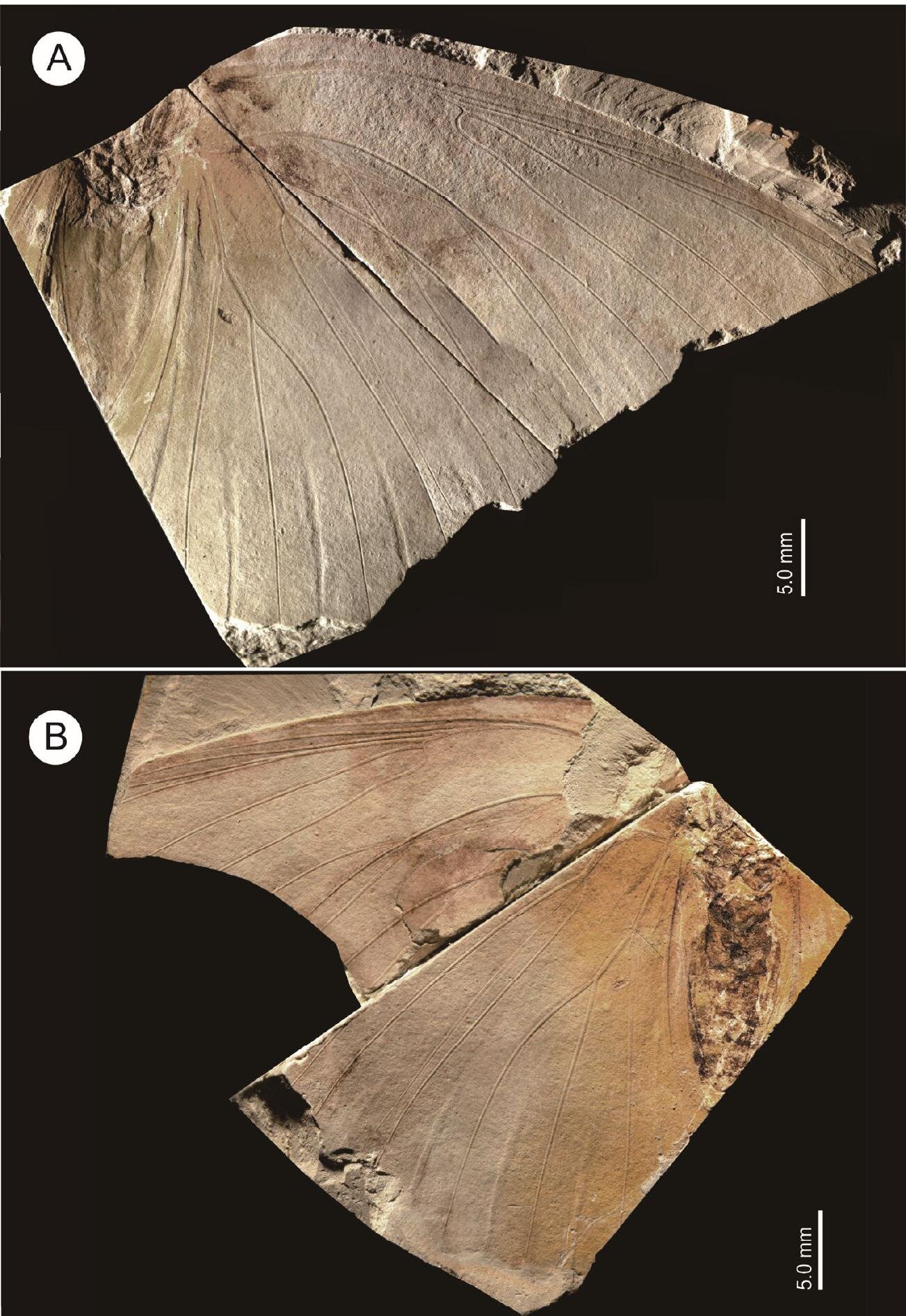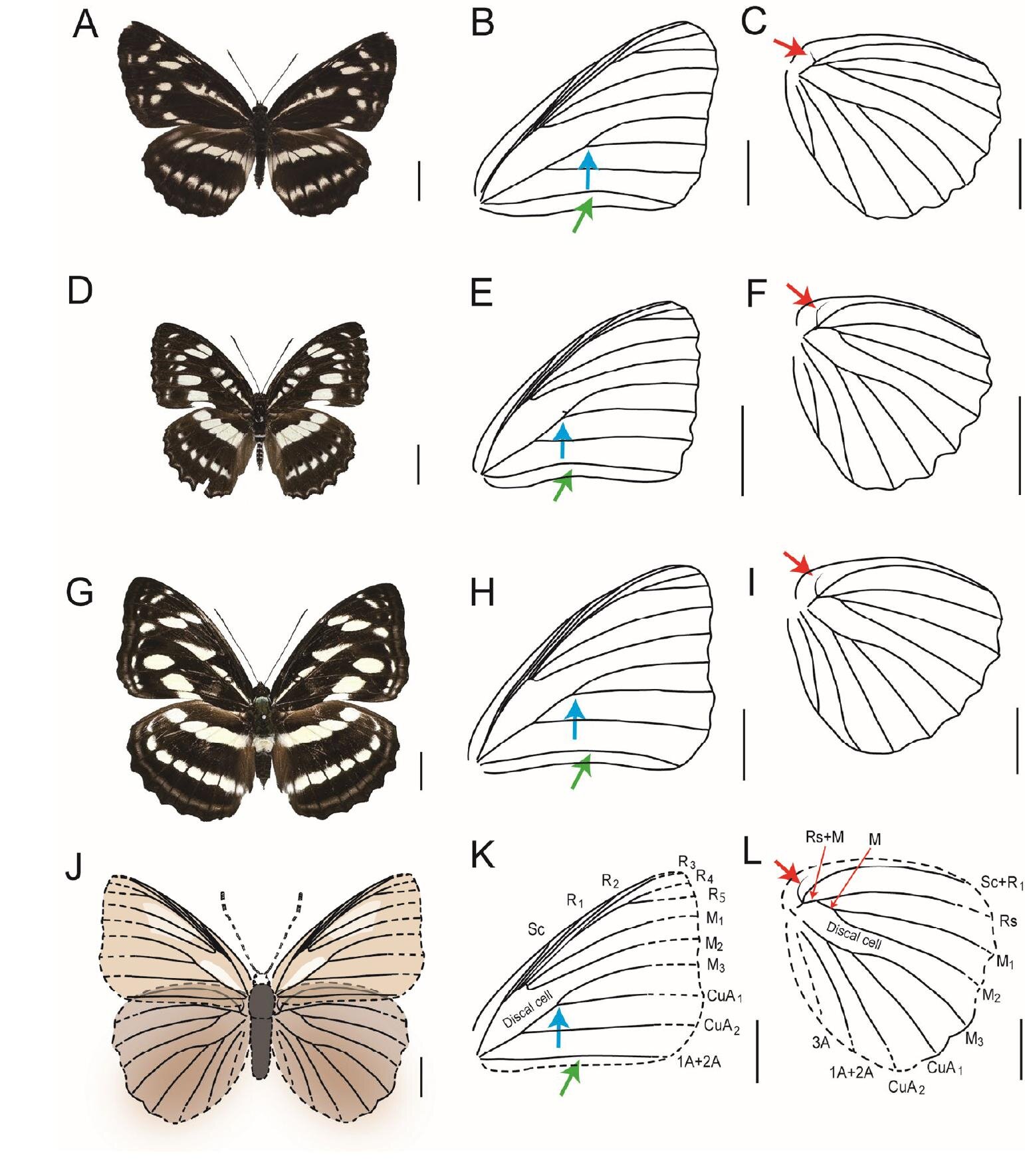Unknown giant butterfly discovered in... a Japanese museum 🦋
Follow us on Google News (click on ☆)
The specimen, discovered in 1988 in Hyogo Prefecture, was finally identified as belonging to an extinct species. The details of this discovery were published on May 2 in the journal Paleontological Research.

Photographs of Tacola kamitanii sp. nov., holotype, SOU-001. A, ventral view, SOU-001-A; B, dorsal view, SOU-001-B.
Credit: Paleontological Research (2025). DOI: 10.2517/prpsj.240023
Named Tacola kamitanii in honor of its discoverer, this butterfly stands out for its exceptional wingspan, estimated at nearly 9 centimeters (3.5 inches). It represents the first butterfly fossil dating back to the Early Pleistocene.
This extinct species belongs to the Limenitidini subfamily, which today includes butterflies such as viceroys and admirals. It is the first named fossil from this subfamily, marking a significant breakthrough.
Butterfly fossils are rare due to the fragility of their bodies and wings. This discovery therefore provides a unique opportunity to study the evolution of these insects.

Reconstruction of Tacola kamitanii sp. nov. and comparison with existing species. A, habitus of Neptis alwina (Nagano Prefecture, Koumi machi, Japan. VII. 1992).
Credit: Paleontological Research (2025). DOI: 10.2517/prpsj.240023
Researchers estimate that Tacola kamitanii lived in temperate to warm zones, as Japan's climate shifted from warm to cold. This discovery expands the known geographical distribution of the Tacola genus.
The fossil was found in the town of Shin'onsen, located about 185 kilometers (115 miles) northeast of Osaka. This region is now at the heart of new paleontological research.
The research team, composed of Hiroaki Aiba, Yui Takahashi, and Kotaro Saito, emphasized the importance of this discovery for understanding the past biodiversity of East Asia.
Why are butterfly fossils so rare?
Butterflies have extremely fragile bodies and wings, which significantly reduces their chances of fossilization. Unlike more robust insects, their remains decompose quickly after death.
Moreover, their ability to float means they can be carried far from their place of death, further reducing the chances of fossilization under favorable conditions. This explains why every butterfly fossil discovery is so precious.
Finally, the environmental conditions required for butterfly fossilization are very specific. Rapid burial in fine sediments is necessary to preserve their delicate structures.
These combined factors make butterfly fossils exceptional testimonies to the evolutionary history of these insects.